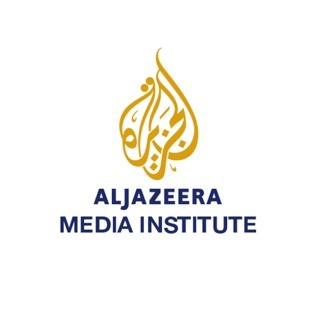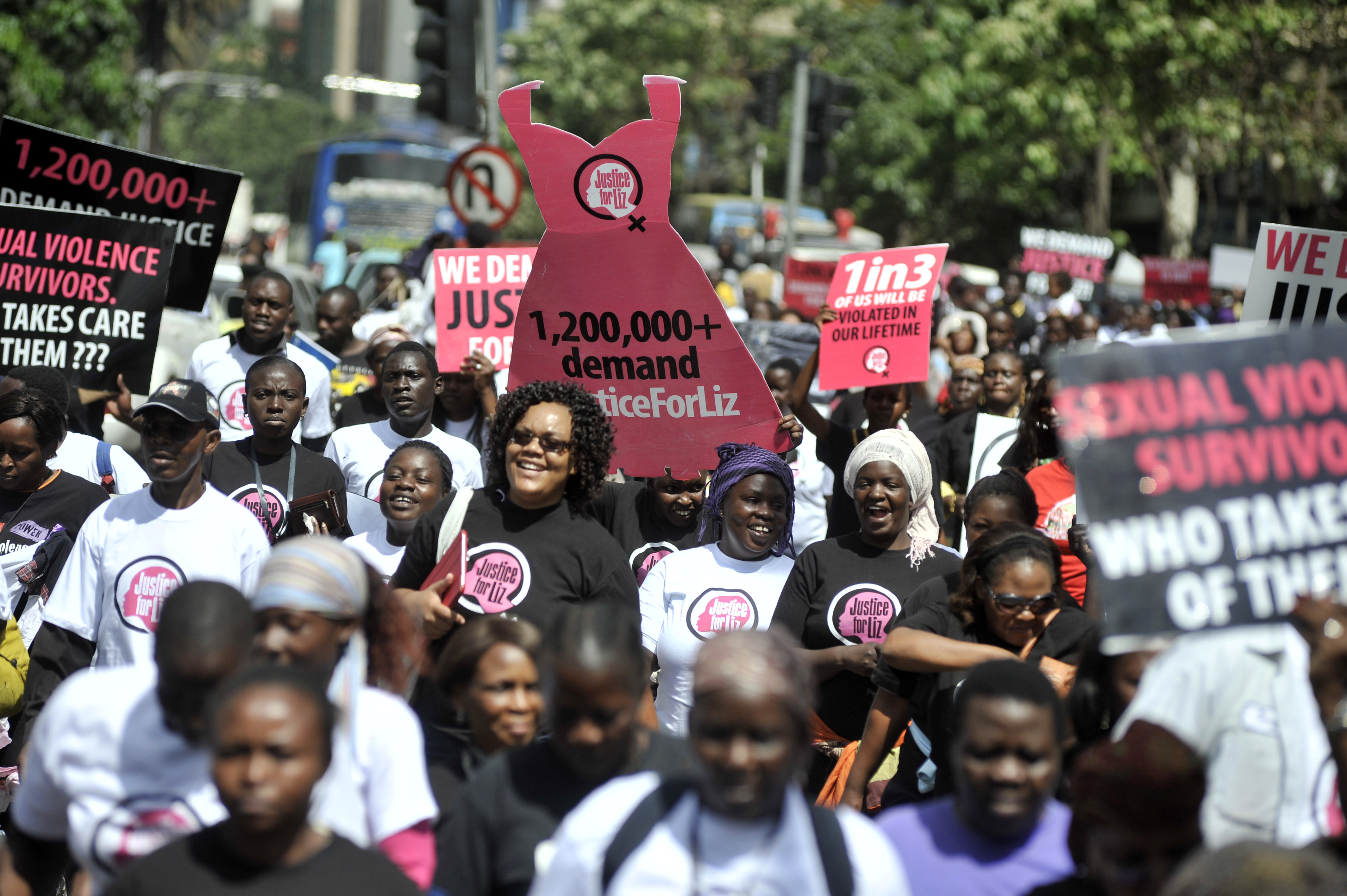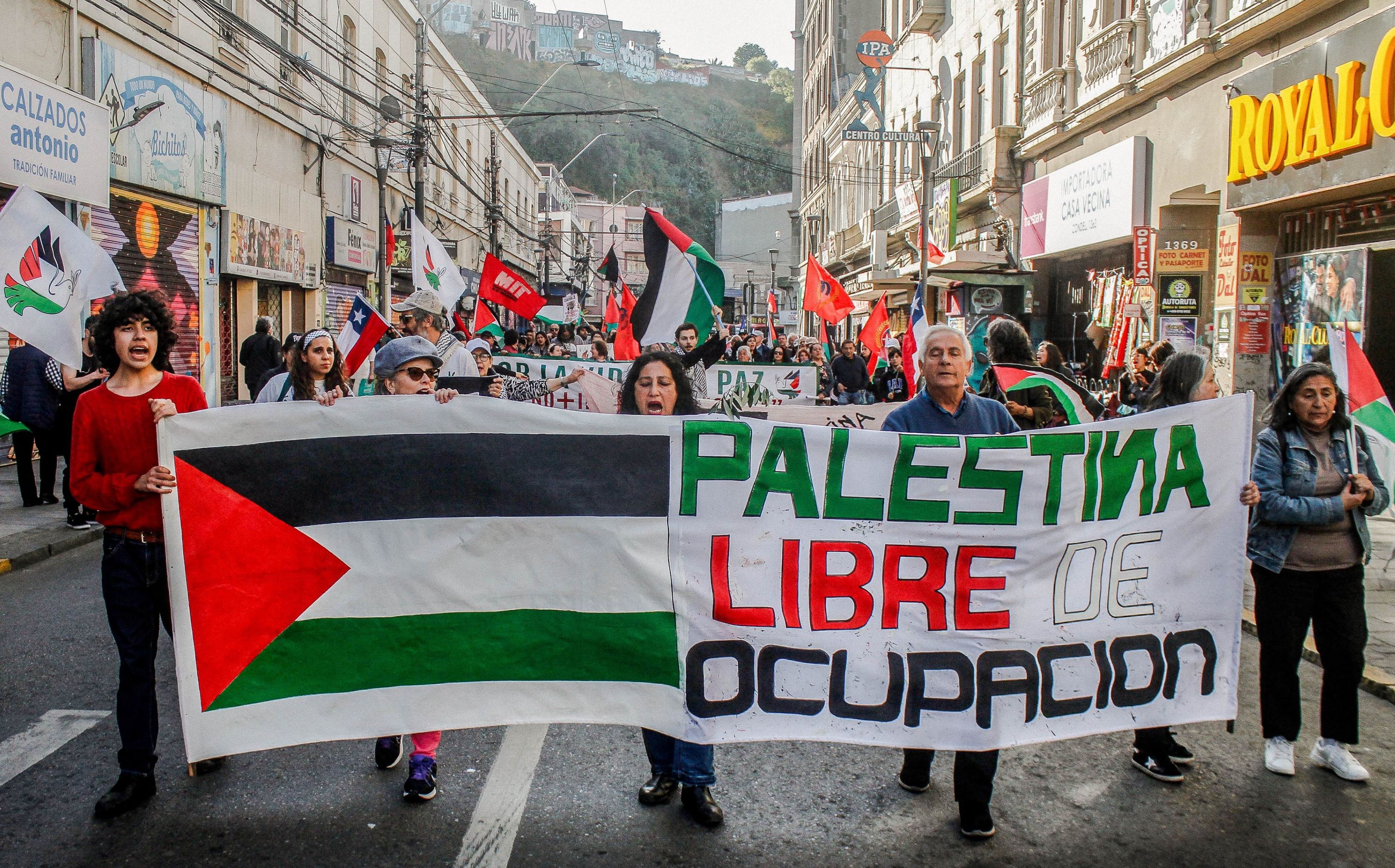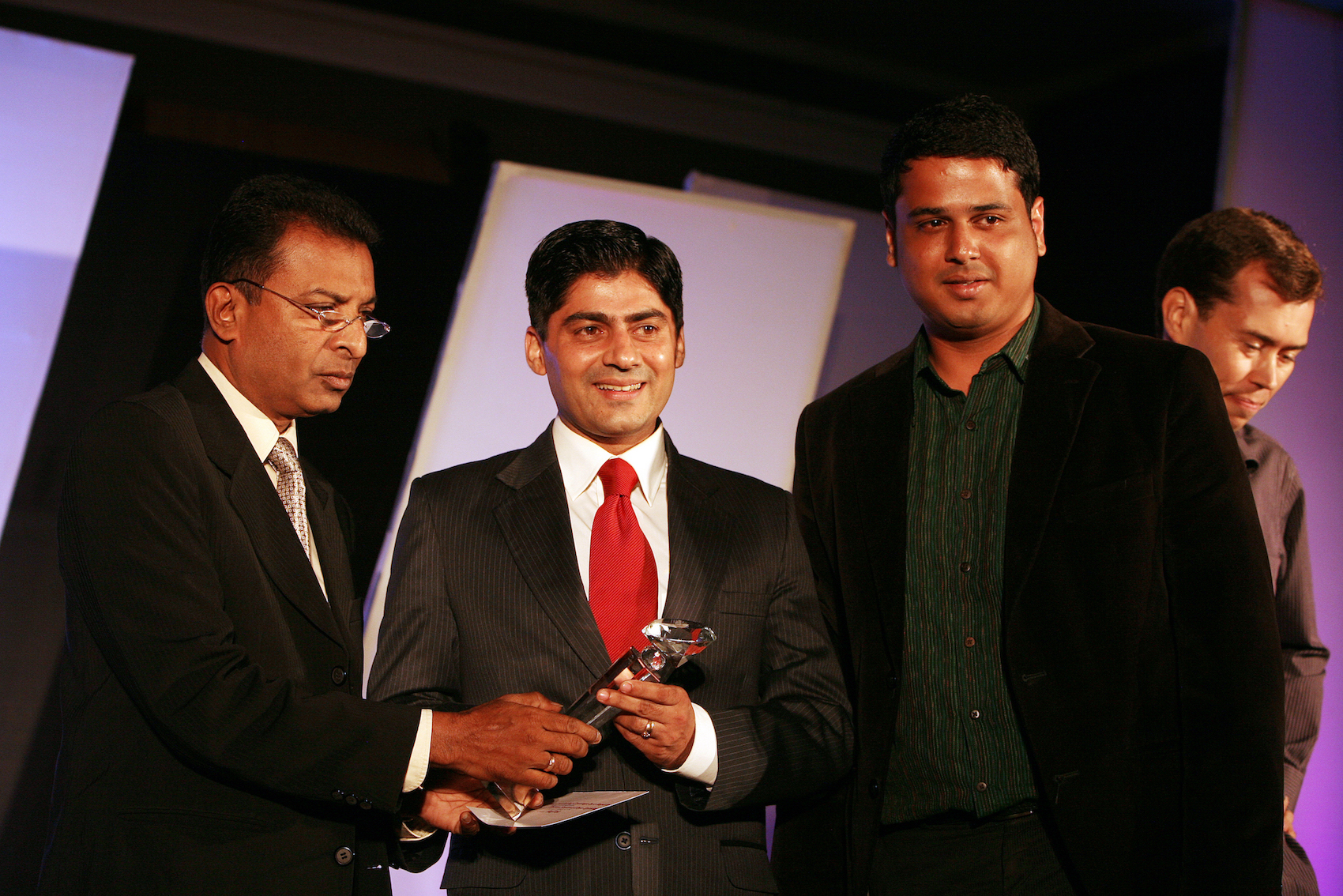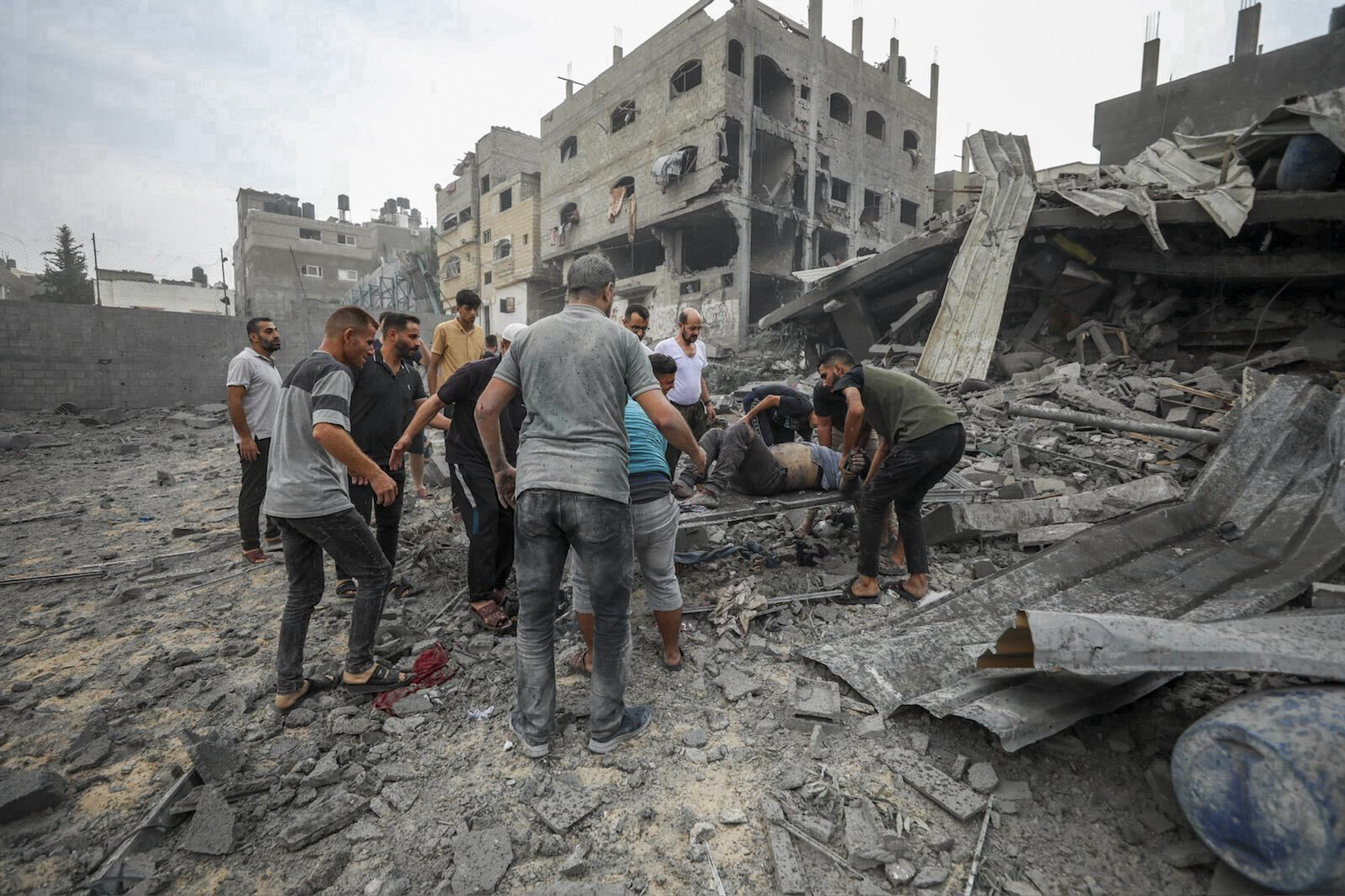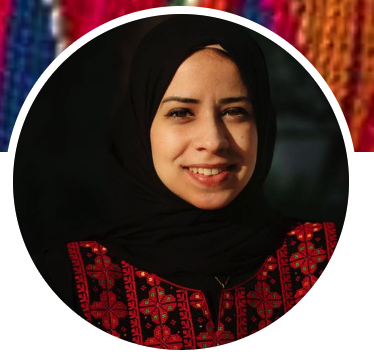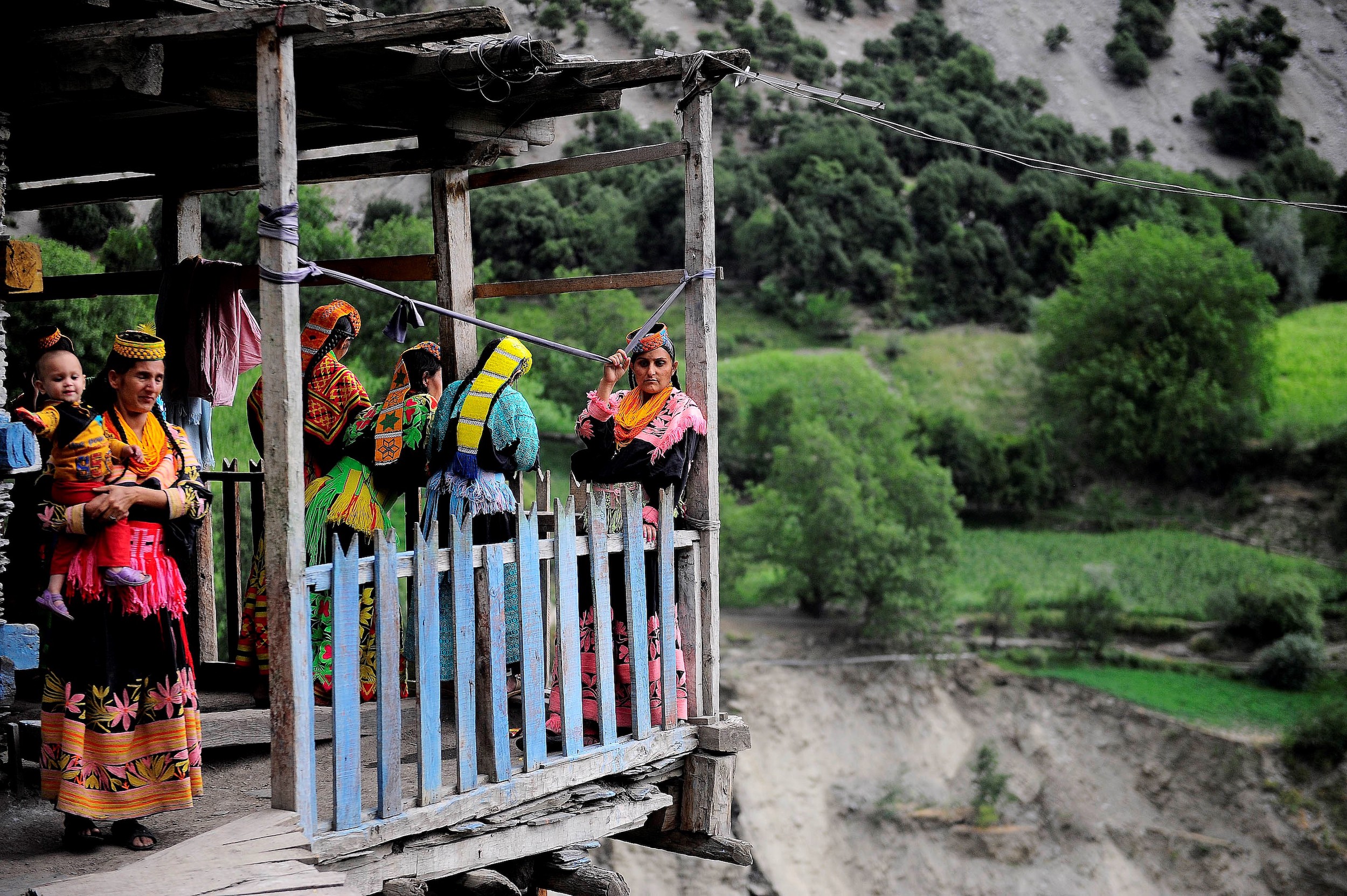يشتكي الشارع هيمنة "الأجواء السلبية" و"الأخبار السيئة" على وسائل الإعلام. يحاول البعض انتقاء عناوينها عبثاً ويجزم البعض الآخر أن مقاطعتها أصبحت أول طريق السلام النفسي.
لكن ماذا عن صناع هذه الأخبار؟ من يقضون ساعات يومياً في تعقبها وصياغتها ونشرها والاحتكاك بأبطالها؟
لا يخفى على أحد أن العمل في غرف الأخبار حتى في الأيام العادية لا يخلو من مختلف أنواع الضغط العصبي، غير أن العبء يتضاعف ويأخذ أبعاداً أكبر خلال تغطية الأزمات والكوارث.
أن نضع الإصبع على المشكلة
الصحفي بصفته أول المتواجدين في الخطوط الأمامية للصدمة يجد نفسه دائماً، وأحياناً من دون أن ينتبه، في قلب معادلات تجعل الاعتناء بسلامته النفسية أمراً صعباً ومعقداً: من العمل في ظروف غير طبيعية إلى مراجعة مواد بصرية قاسية والتعامل مع معضلات أخلاقية تحت ضغط المعايير المهنية المطلوبة ومواعيد التسليم الصارمة. يضاف إلى ذلك، إنجاز تقارير حول فئات هشة طوال الوقت، مع الحرص على عدم التسبب في أذى إضافي لها.
في مرحلة ما، تتشابه مهام الصحفي والأخصائي النفسي الذي يستمع لمختلف القصص ويكون أول من يحلل أحداثها لكن عليه أن يحافظ على مسافة منها وألا ينسلخ عن إنسانيته في ذات الوقت.
كل هذا وأكثر يجعلنا نرى الكثير من الصحفيين عرضة لظواهر مثل:
-
الاحتراق الوظيفي Occupational burnout وهي "متلازمة ناتجة عن الإجهاد المزمن في مكان العمل" تتجلى مظاهرها في استنفاد الطاقة وانخفاض الكفاءة وإبداء التهكم والمشاعر السلبية تجاه الزملاء والمهمات اليومية.
-
إرهاق التعاطف Compassion fatigue الذي يُعرف بأنه حالة من التعب التراكمي النفسي والجسدي الذي ينتج عن التعرض لفترات طويلة من الإشفاق على حالات إنسانية مختلفة مما قد يُسفر عن أعراض مثل البرود واللامبالاة والغضب وفقدان الأمل وإهمال الرعاية الذاتية.
-
عقدة الناجي Survivor guilt وهي شعور عميق بالذنب بسبب النجاة من حدث كارثي لم ينج منه الآخرون.
لقد أكدت دراسات عدة أن القلق والاكتئاب واضطراب ما بعد الصدمة أيضاً، تعد كلها من بين التأثيرات الشائعة على الصحة البدنية والعقلية في أوساط الصحافيين. أذكر أن إحدى هذه الدراسات أوضحت أن الصحفيين الأكثر عرضة للاحتراق الوظيفي هم من فئة الإناث الأصغر سناً ذوات سنوات الخبرة القليلة، كما يواجه المحررون والمراسلون مستويات أعلى من الاحتراق مقارنة بغيرهم.
وفيما يخص الصدمة، يحدث أن يعتقد البعض بأنها تلحق حصراً بالصحفي الذي يتعامل مع الأحداث المروعة بشكل مباشر كالمراسل المتواجد في بؤر الصراع والكوارث مثلاً، والحقيقة أن من يجلس طوال الوقت في غرفة الأخبار المكيفة عرضة للصدمة كذلك، فهنالك ما يُعرف بالصدمة غير المباشرة وهي حسب الجمعية الطبية البريطانية ناتجة عن التعاطف مع الناجين من الصدمات. التعامل اليومي مع القصص المأساوية حتى وإن كان من وراء الشاشات وعبر الكتابة والتوثيق والنشر يجعل الصحفي يُثقل وعيه ولا وعيه بتجارب الآخرين مما ينعكس عليه بصورة سلبية.
أزمة وباء كورونا نموذجاً
لا شك أن الإعلام لم يسلم من رياح جائحة كورونا. في مشهد غير مألوف، تفاعلنا جميعاً مع وجوه بازرة وهي تطل علينا بحلة جديدة بعد أن نقلت غرفة الأخبار إلى غرفة المعيشة، ولعل هذا ما صعّب على الكثيرين مهمة الفصل بين ضغط العمل ووقت الراحة والعائلة. ساعات العمل المتواصلة وخسارة الوظائف ومخاطر العمل في أوج انتشار الفيروس مع الحفاظ على إجراءات السلامة، كلها ضريبة دفعها الصحفيون.
من خلال تجربتي كصحفية، كنت شاهدة أيضاً على التغيرات الكبيرة والمتسارعة التي طرأت على سلوك الجمهور خلال هذه الأزمة: من التعطش إلى المعلومة إلى التشكيك في كل شيء إلى حالة من التخمة أو الإعراض عن القنوات الإعلامية، مما جعل الصحفيين في نزال متواصل مع وحش الأخبار المضللة وفي سباق محموم لمواكبة هذه التحولات والاحتفاظ بانتباه الجمهور وثقته.
تقول كايت مكماهون مديرة مركز "دارت للصحافة والصدمات" في آسيا والمحيط الهادئ: "إن تناول قصة حدثت لشخص آخر أمر مختلف عما يحدث الآن، إذ إننا جميعاً جزء من القصة ولدينا تجربتنا الخاصة، حتى وإن كان هذا بدرجات متفاوتة، ما يعني أن الصحفيين بحاجة إلى أن يكونوا أكثر انسجاماً مع مخاوفهم ومخاوف من يحاورهم".
على إثر هذه الأزمة غير المسبوقة أصدر المركز الدولي للصحفيين ومركز تاو للصحافة الرقمية في جامعة كولومبيا نتائج استبيان شارك فيه أكثر من 1,406 صحفي من 125 دولة، رفع الغطاء عن الأوقات العصيبة التي يمر بها الصحفيون على الصعيد النفسي. من بين الأرقام اللافتة هو أن 70% من المشاركين في الإستبيان اختاروا الآثار النفسية والعاطفية على أنها أكبر تحد يواجههم في عملهم خلال الجائحة. 45% أفادوا بأن المؤسسات لم تزودهم بكمامات عند إجرائهم مقابلات، وقال 65% من المشاركين إن الأمن الوظيفي لديهم أضعف مما كان عليه قبل انتشار الجائحة.
ما الحل؟
معظم القراءات والتوصيات الموجهة للصحفيين للاعتناء بصحتهم النفسية تدور حول:
-
تخصيص فترات نوم وراحة وترفيه بشكل منتظم.
-
أخذ استراحة خارج غرفة الأخبار خلال الدوام.
-
محاولة البحث عن قصص وزوايا إيجابية.
-
الامتناع عن مطالعة الأخبار المأساوية قبل النوم.
-
البحث عن الدعم الاجتماعي.
-
استشارة طبيب مختص عند الحاجة.
شخصياً حاولت أن أتبع هذه التوجيهات لفترة طويلة، وعملا بنصائح زملاء في العمل، قررت أيضاً منذ فترة طويلة أن أبدأ يومي بتصفح goodnewsnetwork.org وهو موقع إخباري أمريكي متخصص في نشر قصص إيجابية ومفرحة.
هل هذا كاف؟ في رأيي بالتأكيد لا. المؤسسات الإعلامية اليوم في أمس الحاجة إلى الاستثمار في تطوير إدارة الصدمات. يبدأ الأمر بالاعتراف بأن الأعباء النفسية التي يمكن أن تقع على عاتق الصحفي ليست مجرد ضجيج في الخلفية يمكن تجاهله إلى أن يزول من تلقاء نفسه. أنسنة غرف الأخبار وبناء وعي وثقافة داخلية مسألة جوهرية خاصة أن الدراسات أثبتت أن الصحفيين يملكون مواقف شخصية إيجابية تجاه الأمراض العقلية غير أن هناك تصورات مثبطة في أماكن العمل تحول دون استعراض المشكلة.
يتعين أيضاً توفير آليات مختلفة للدعم عبر تقديم إرشادات للمسؤولين في غرف الأخبار حول التعامل الصحيح مع من يمرون بأزمات نفسية مرتبطة بالعمل. تنظيم دورات و ورشات حول الإسعافات الأولية النفسية وسبل تخطي الضغوطات والصدمات اليومية وكيفية تقييم المخاطر النفسية التي تنطوي عليها التغطيات الميدانية الكوارث والصراعات.
غرف الأخبار وإن كانت قد حافظت على استمراريتها يلزمها فترة للتعافي، وبما أن هذه الأزمة لن تكون الأخيرة، من الجدير اعتبارها مناسبة ذهبية لإطلاق النقاش ودفع المؤسسات للانفتاح على هذه الظاهرة ومن ثمة التخطيط لمستقبل أفضل وبيئة صحية للعمل الصحفي في ما بعد الجائحة.
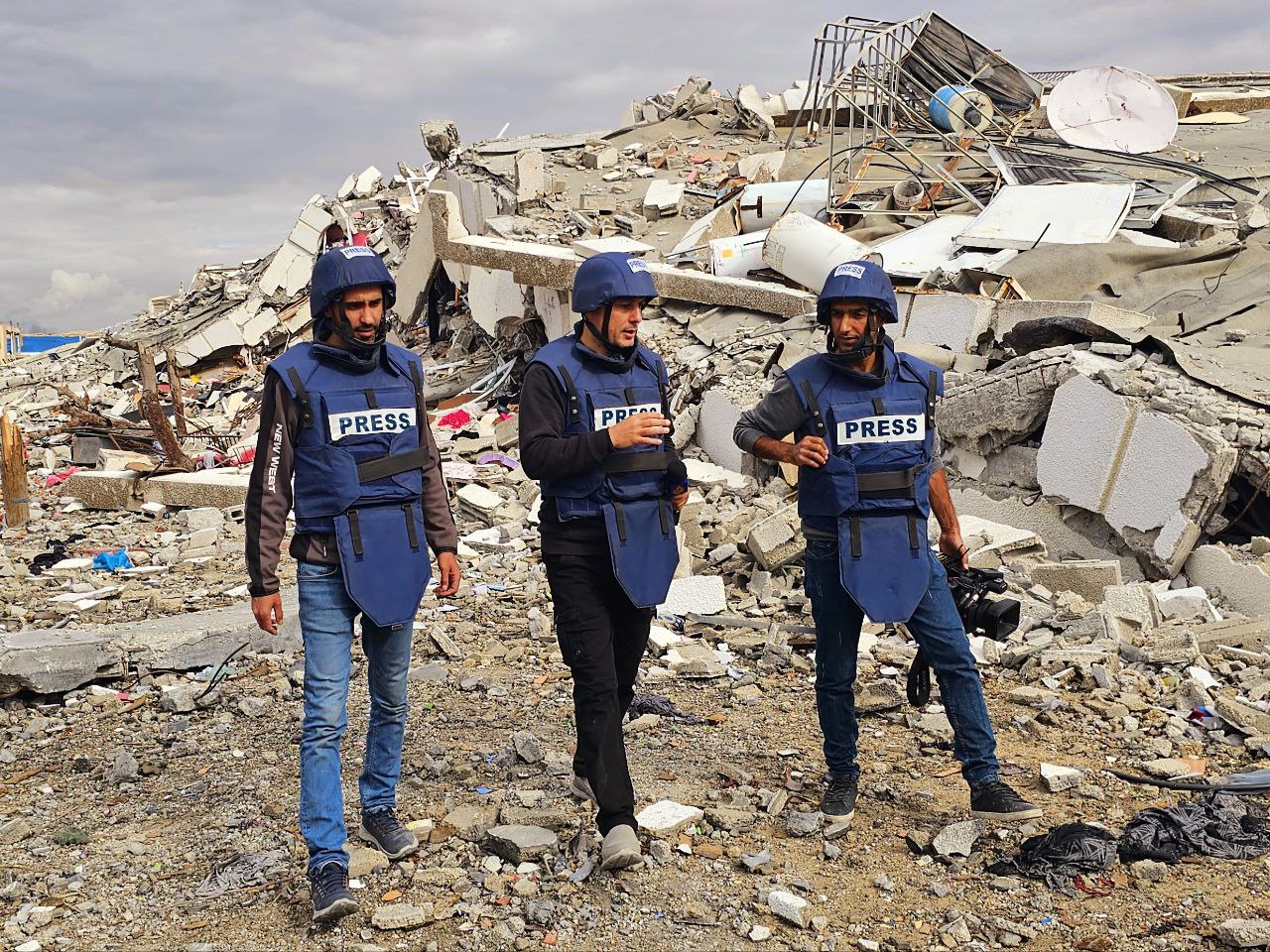
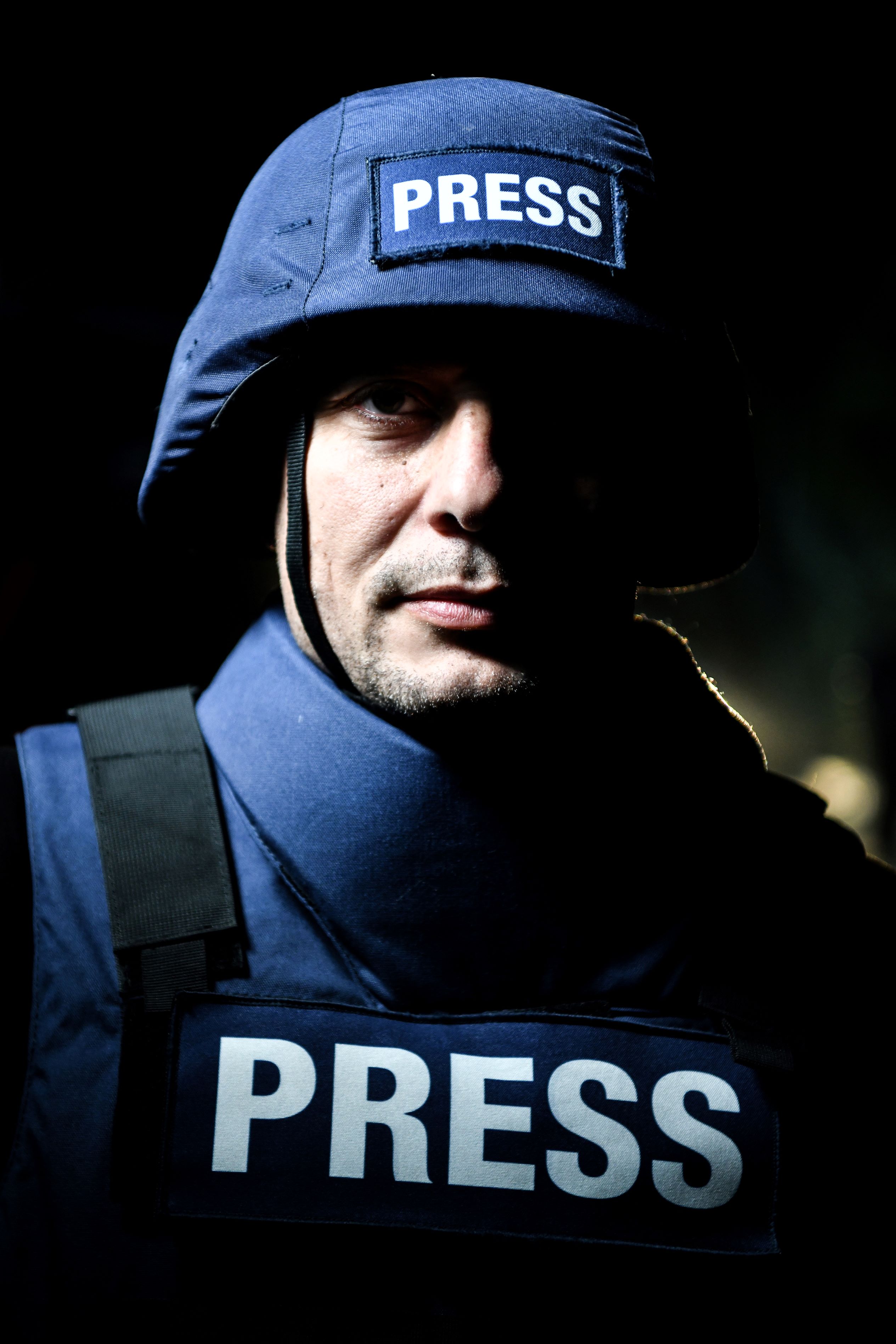
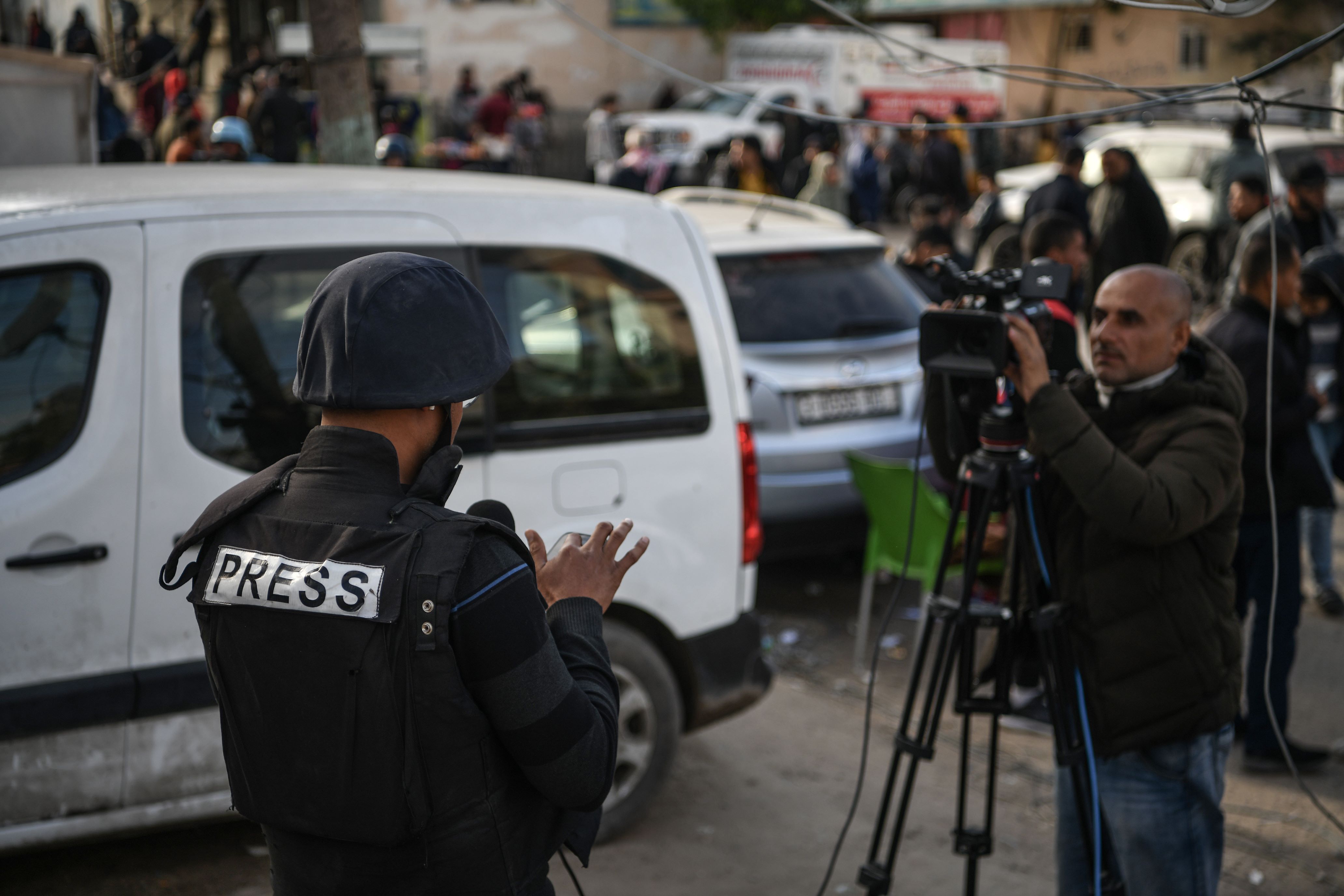

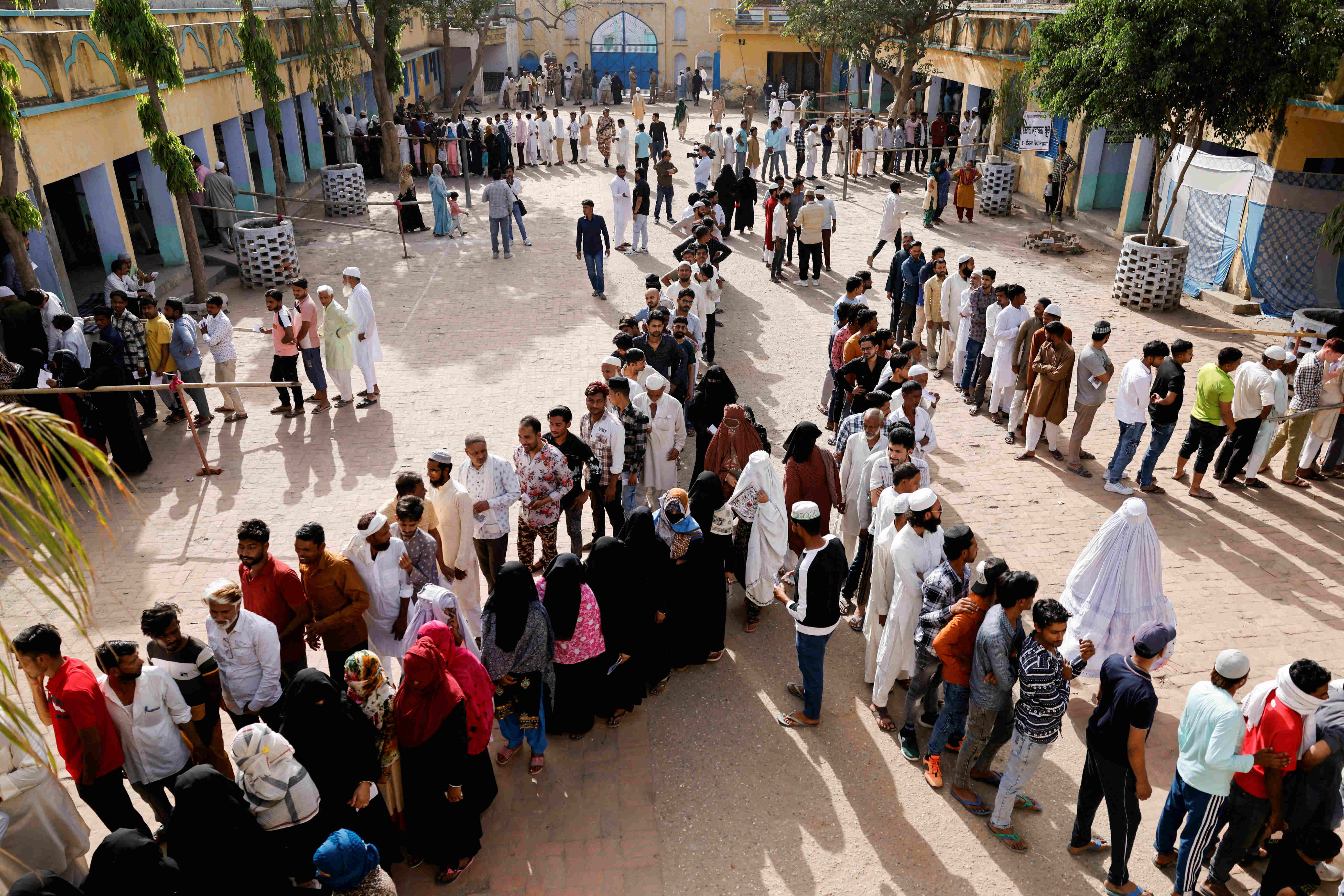

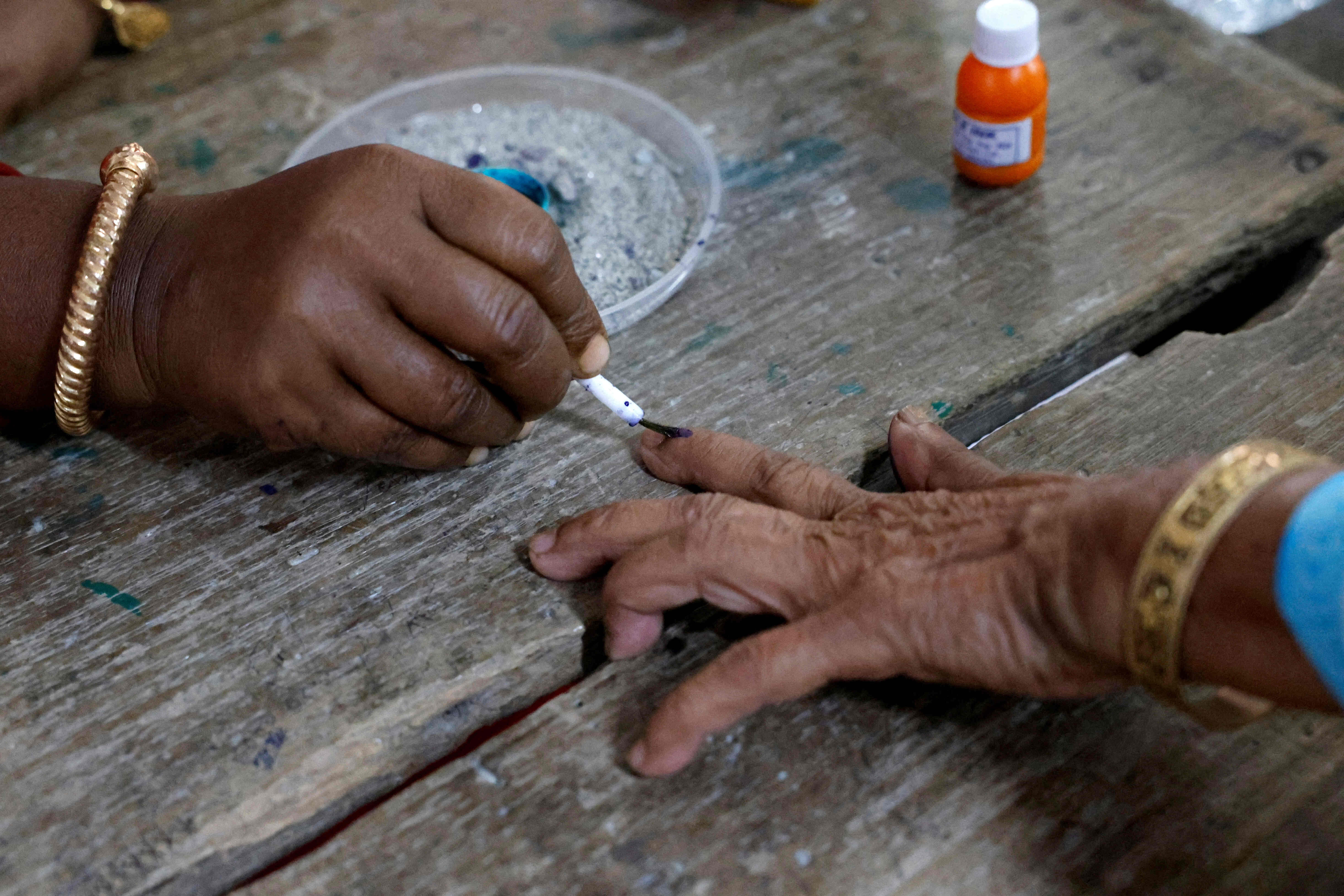

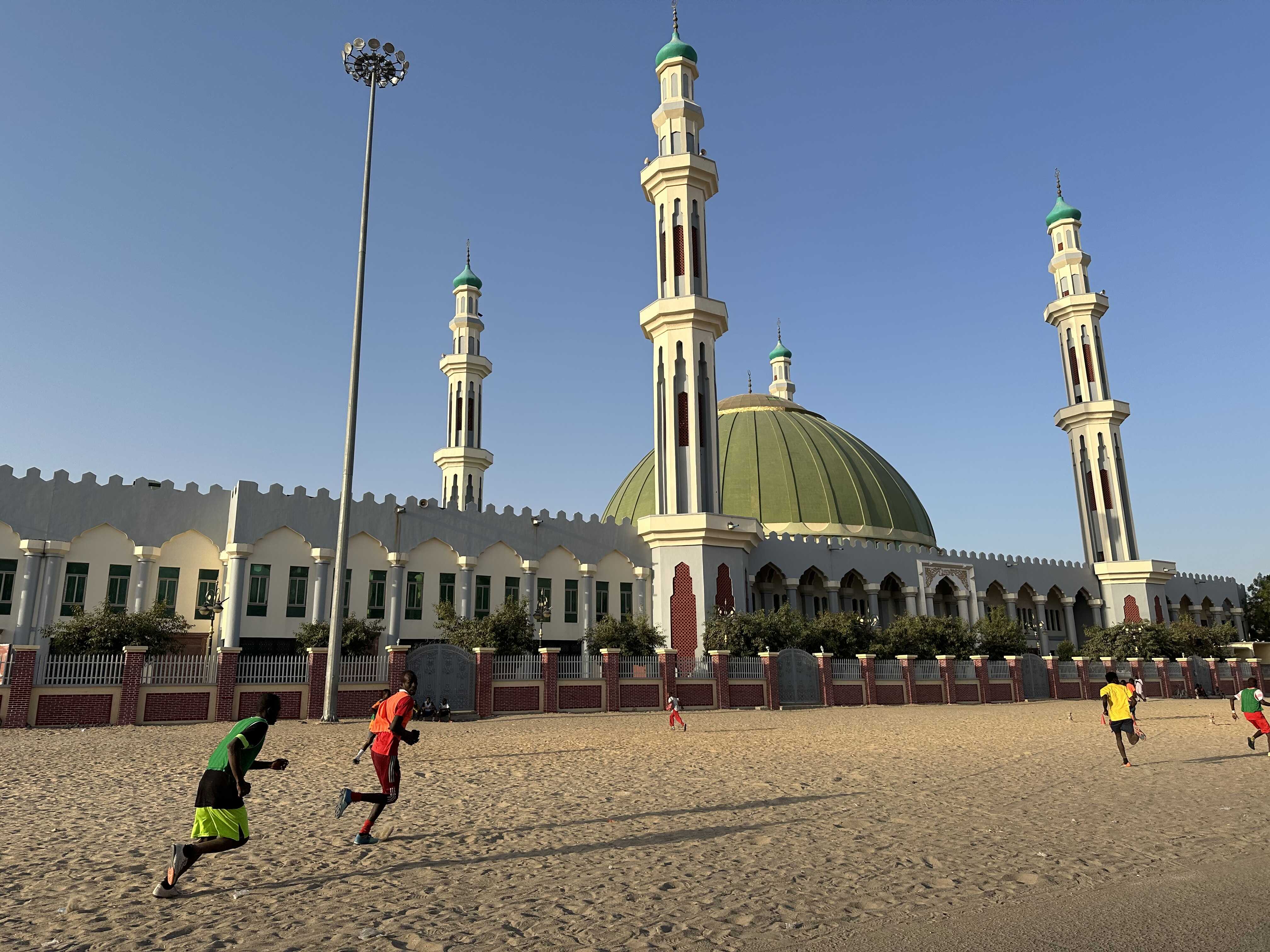

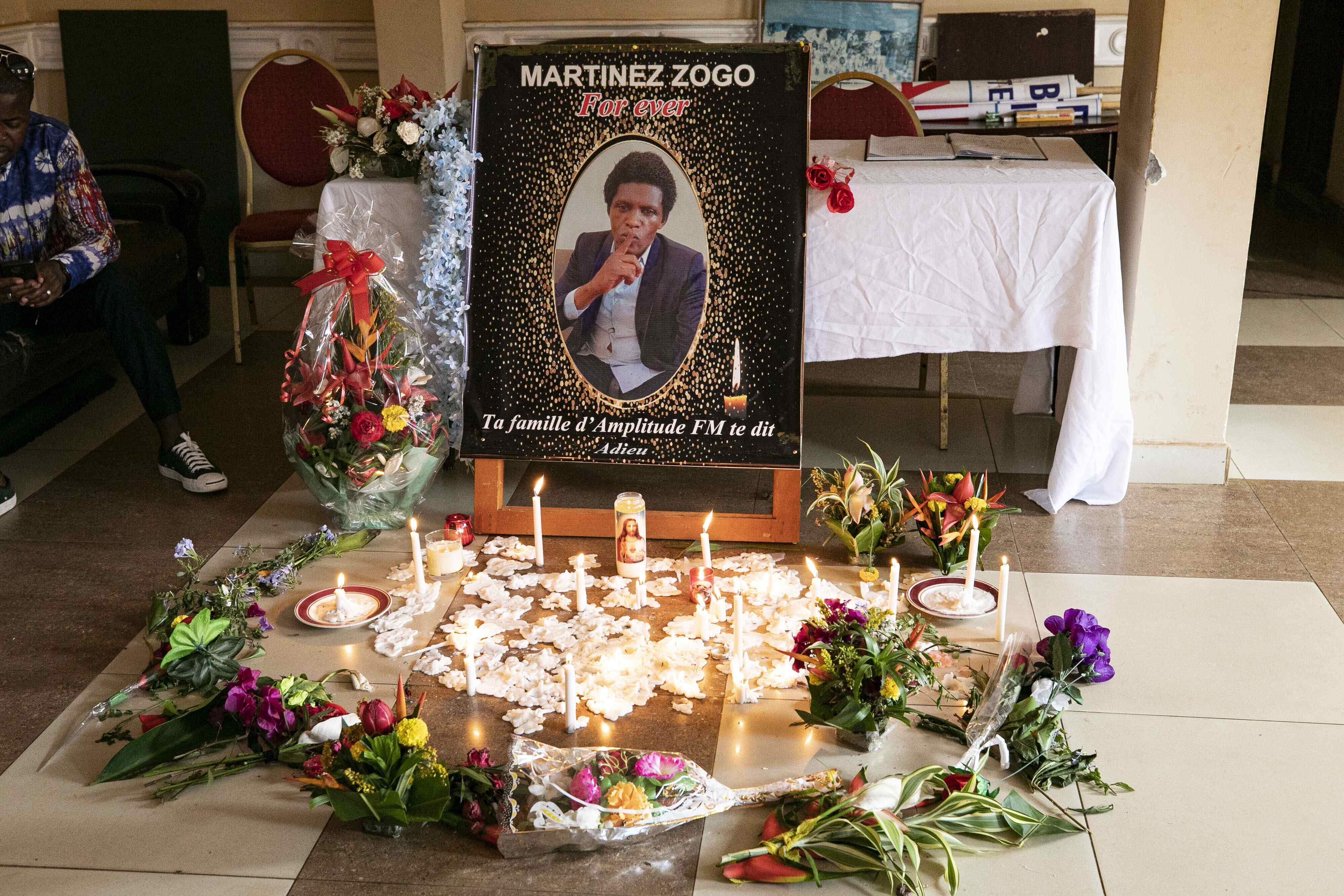

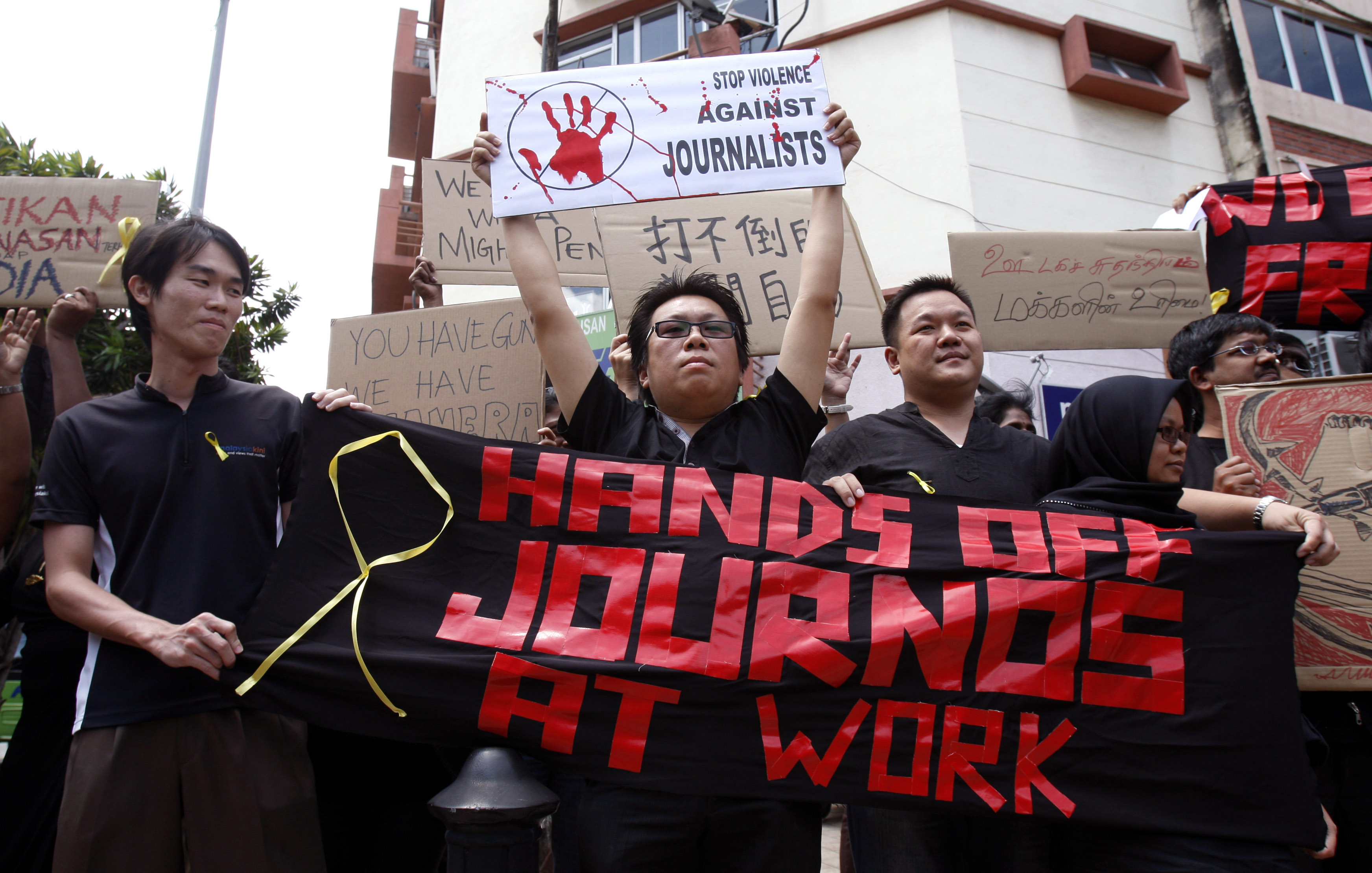


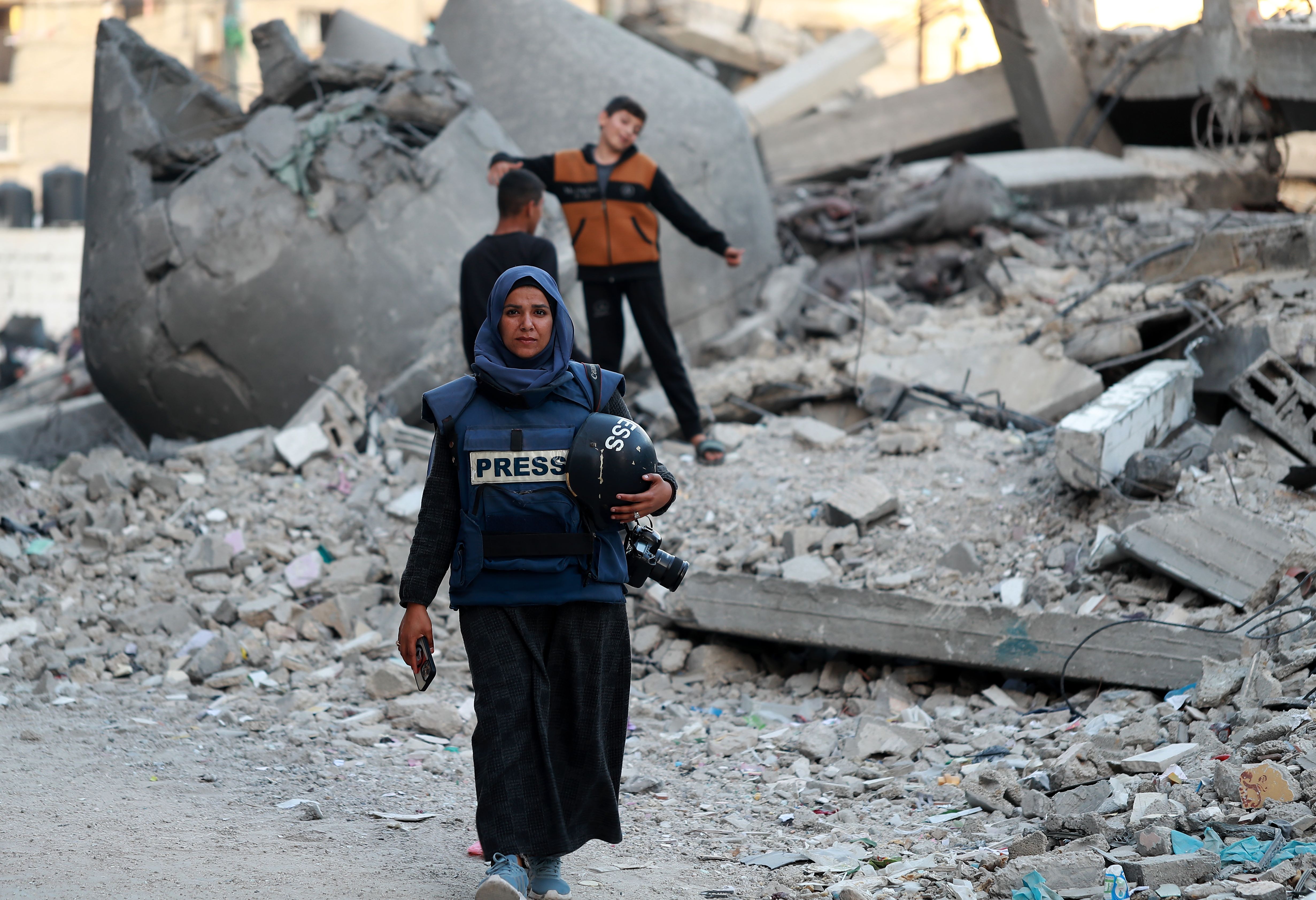



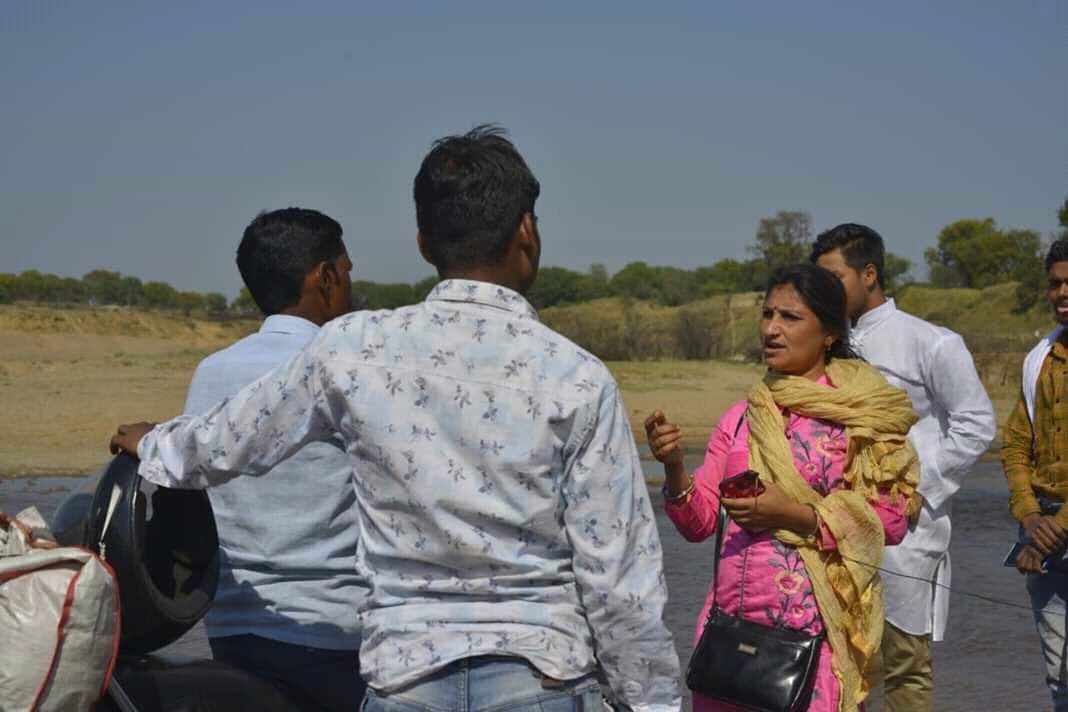


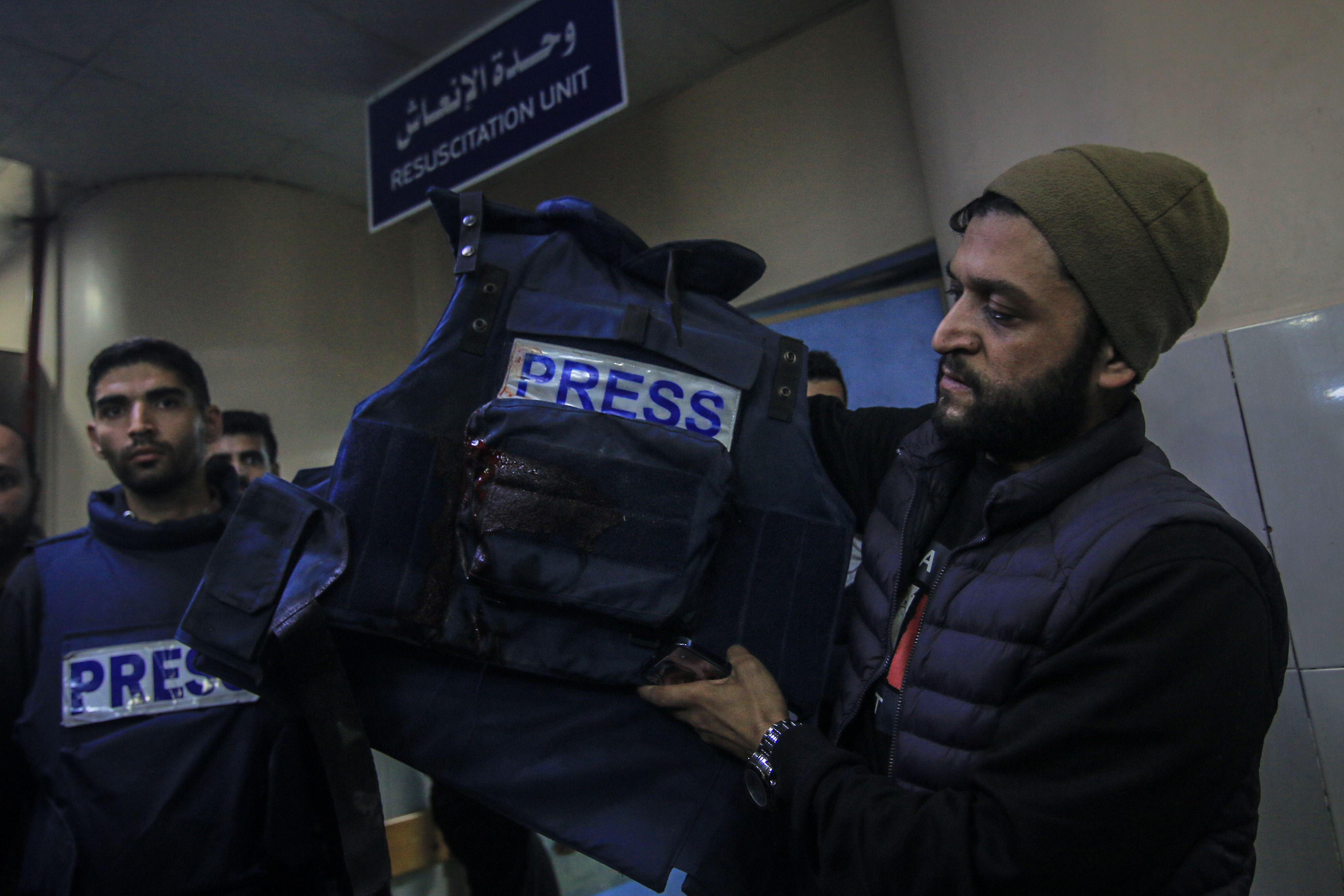
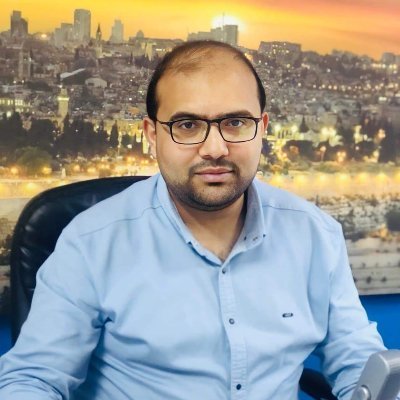

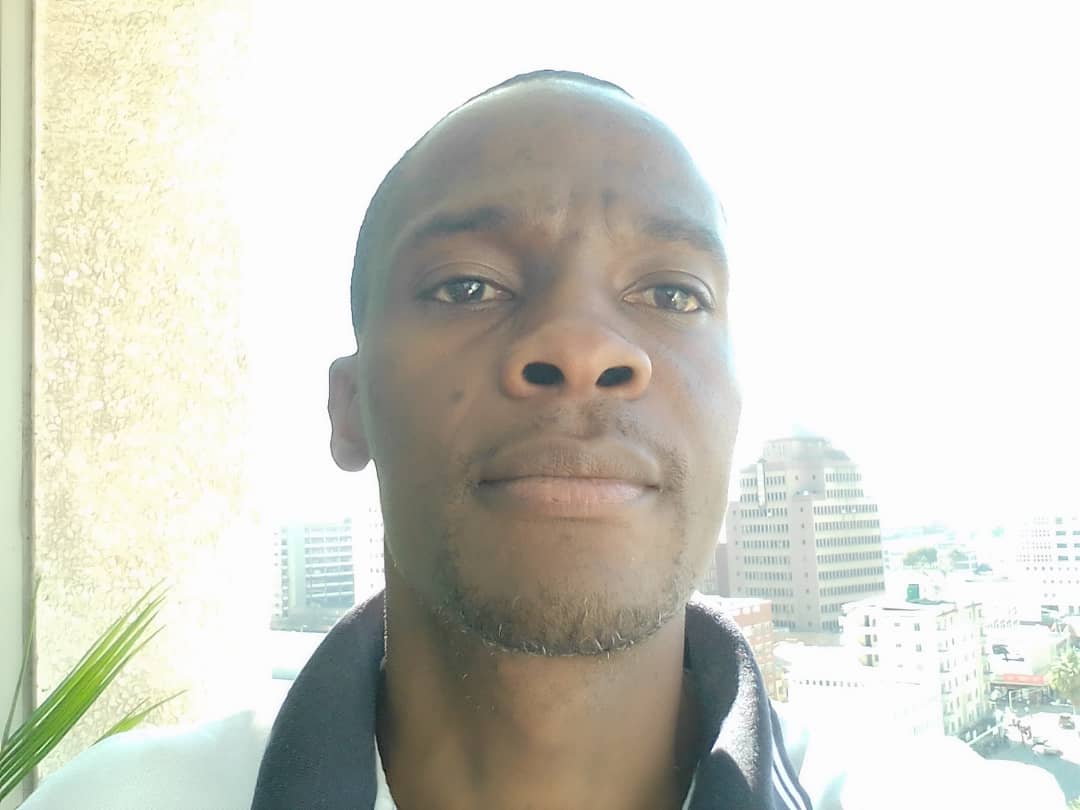
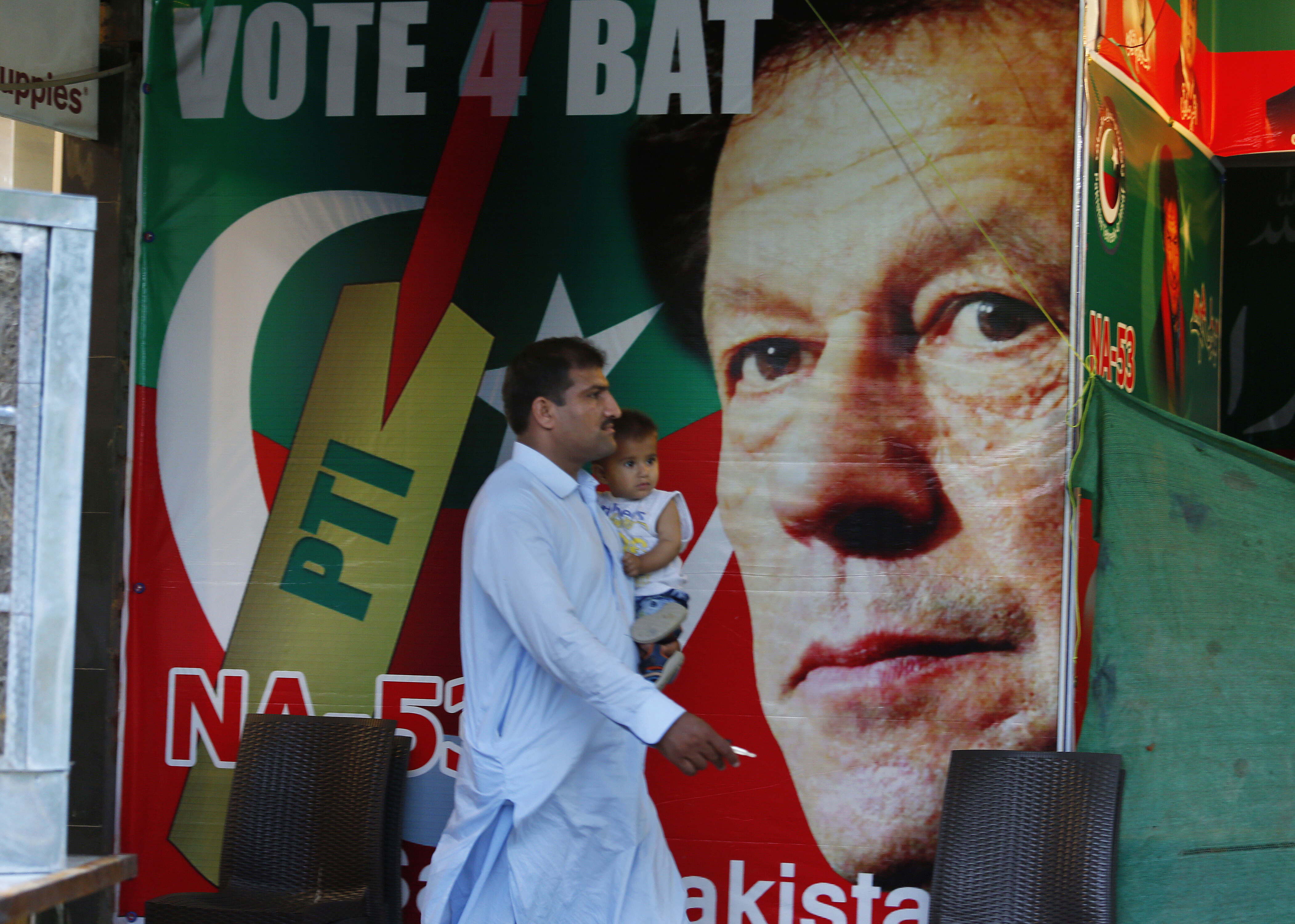

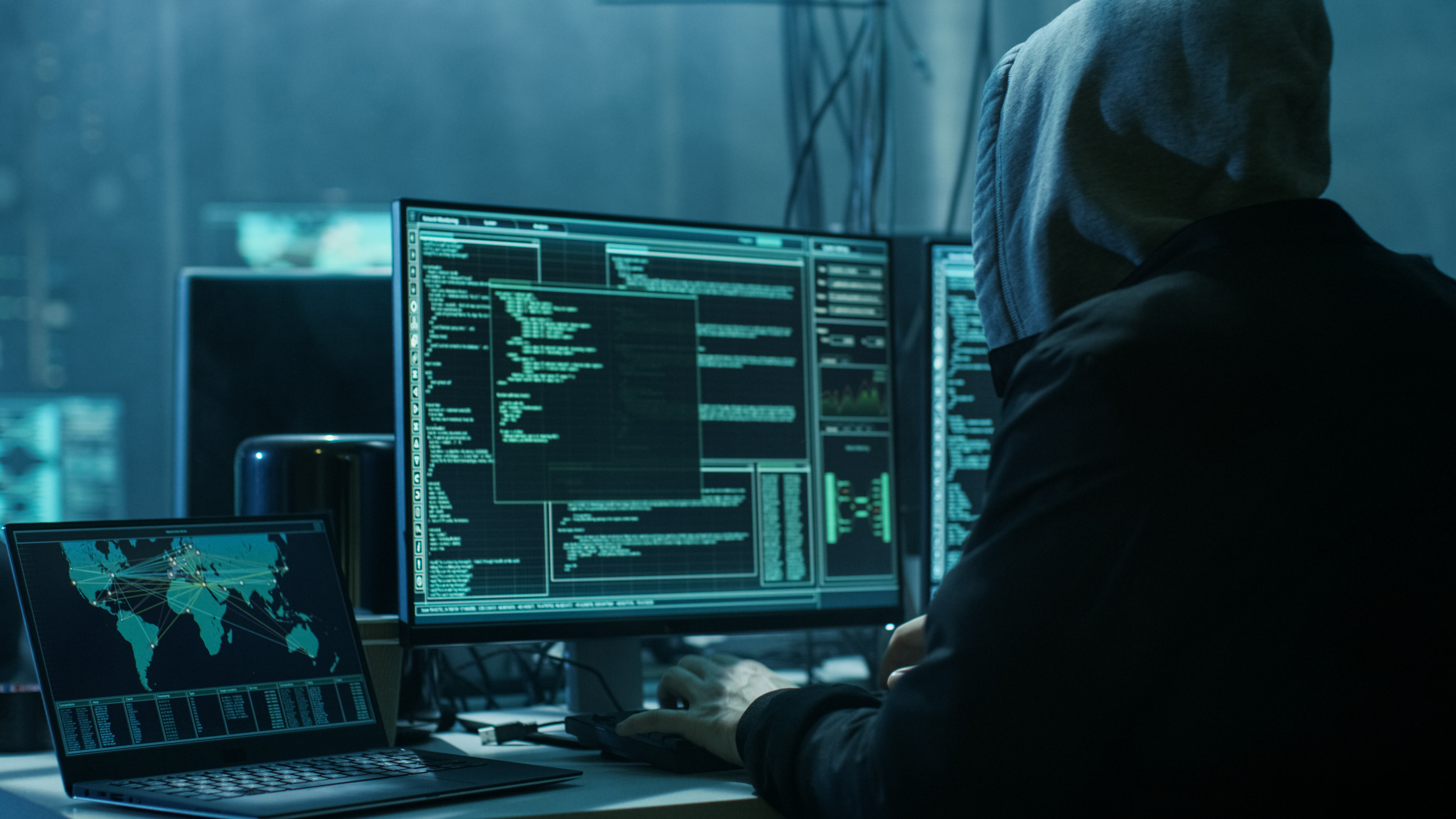
![A demonstration against Israel's war on Gaza on Paulista Avenue in São Paulo on November 4, 2023, draws attention to the deaths of children while the media focuses on the war against terrorists. [Photo: Lina Bakr]](/sites/default/files/ajr/2024/Picture1.png)
